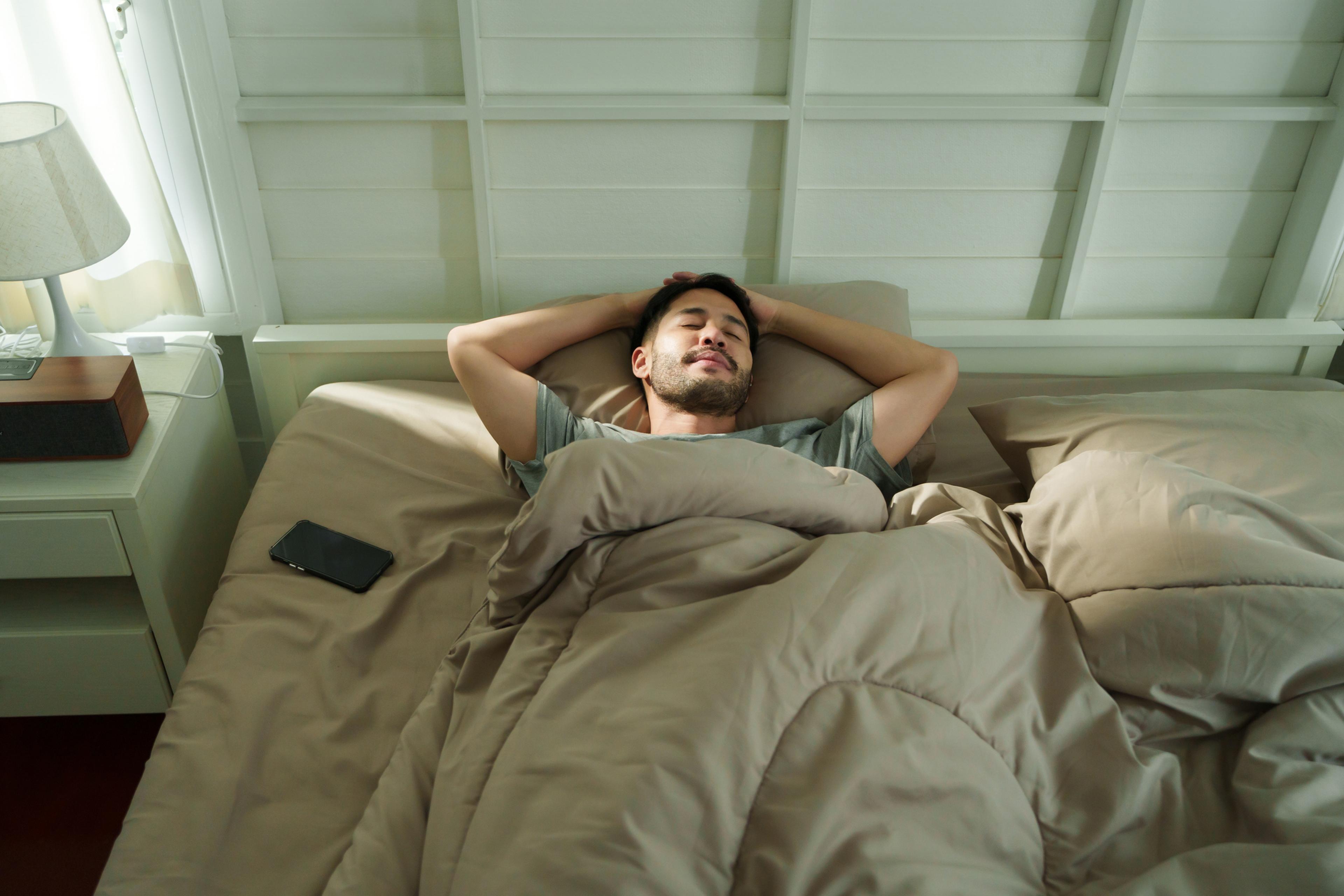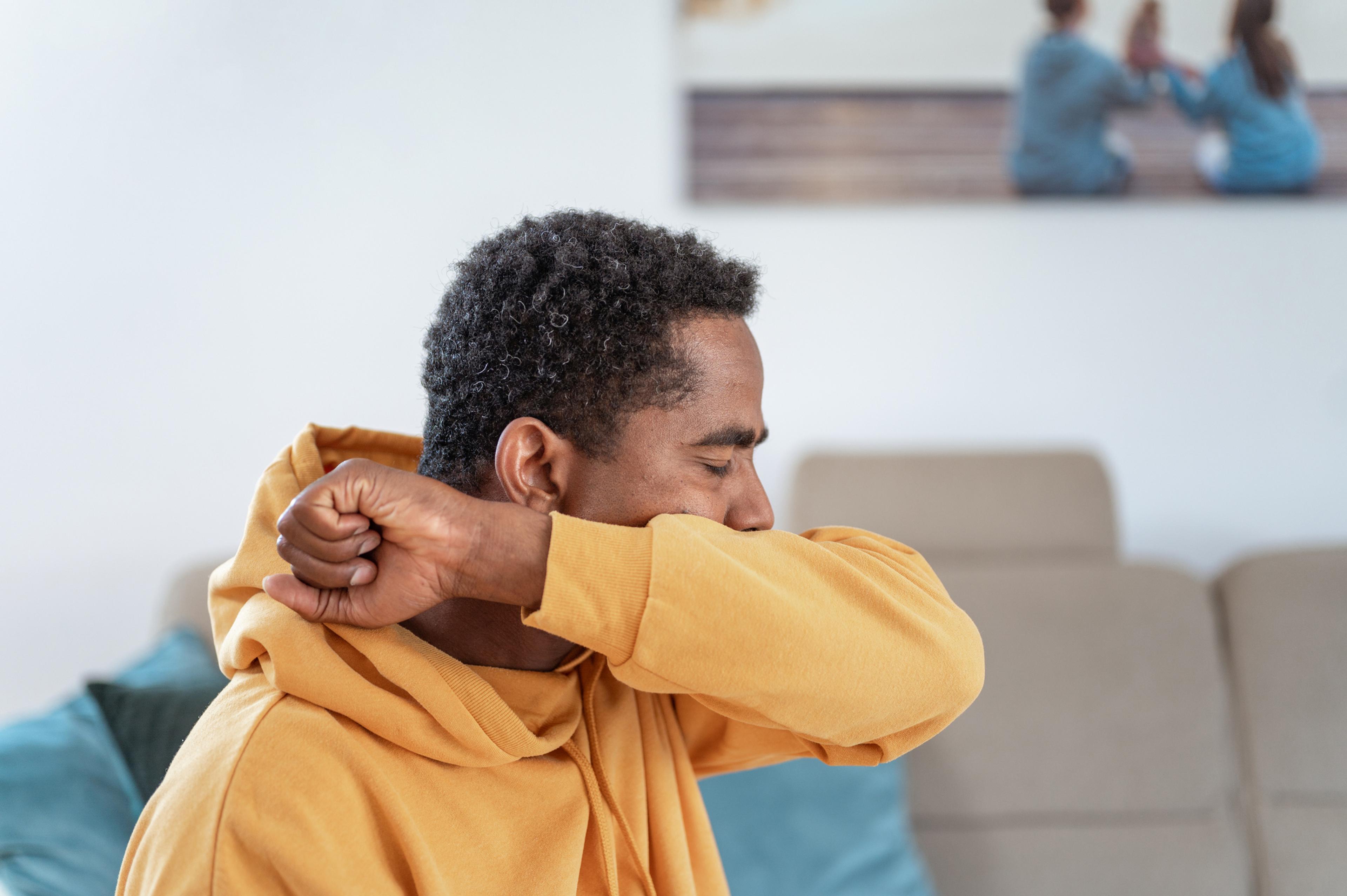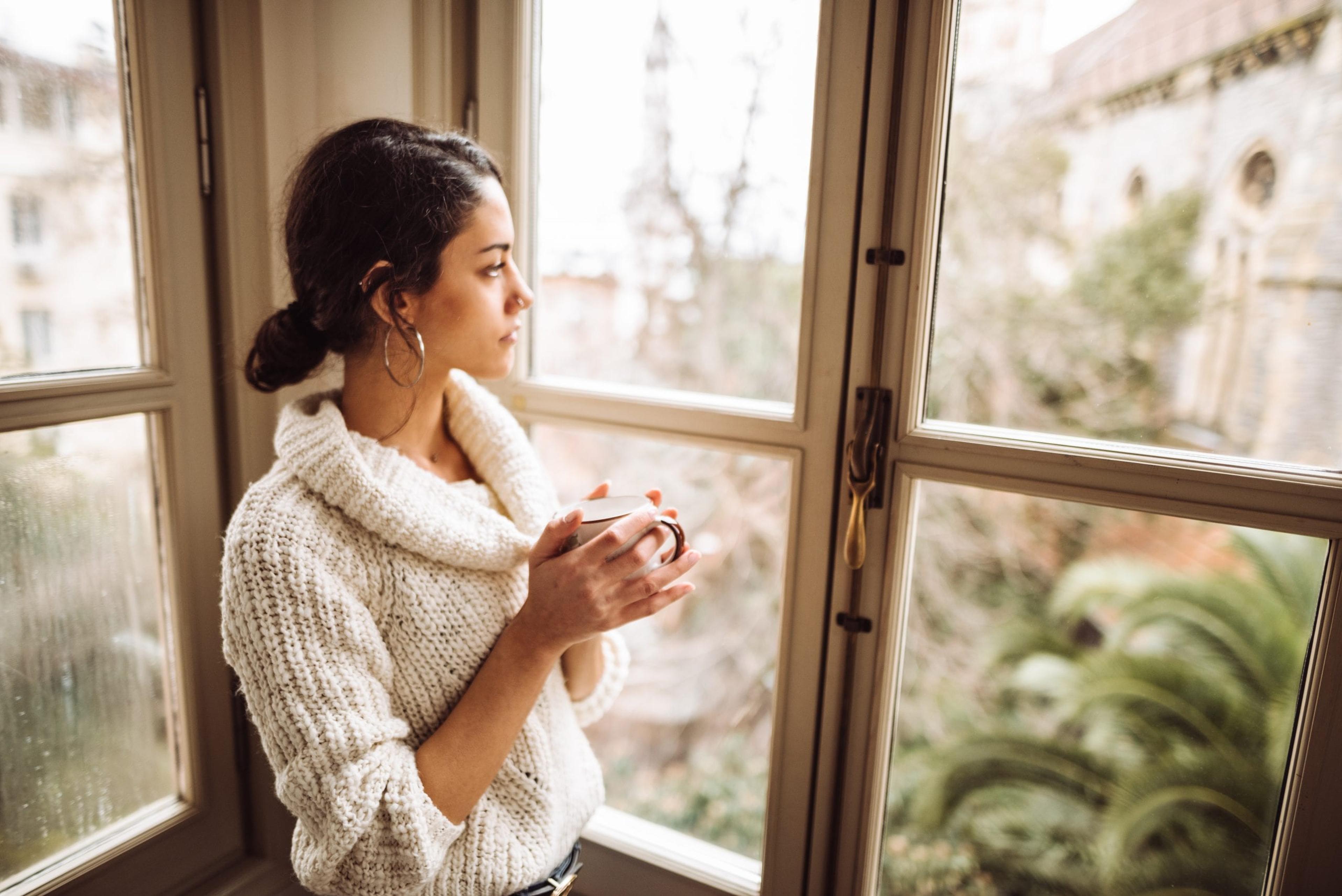Brown Noise for Sleep: Does it Work?
Jake Newby
| 4 min read


Medically reviewed by Peter Graham, M.D.
Relying on noise to fall asleep seems like an oxymoron, since noise increases the risk of sleep disturbances. But falling asleep to specific background noises is becoming increasingly more common, especially among younger generations.
More than 30% of adults who participated in a recent survey said they typically use white noise or others sounds to help fall asleep. Gen Z adults made up the highest percentage of those polled, with 50% of them saying they rely on background noise before bedtime. Given those statistics, it should come as no surprise that the “Brown Noise” category on TikTok – a social media platform dominated by Gen Z users – includes countless videos touting brown noise’s perceived benefits, some with millions of plays per video.
You’ll also find no shortage of continuous brown noise loops and playlists on YouTube and music streaming services. If you are someone who falls asleep to background noise or wants to experiment with falling asleep to background noise, here’s what to know about brown noise.
Why do people need background noise for sleep?
Have you heard the expression “fight fire with fire?” That expression can apply to the concept of playing background noise for some people, who play what they consider to be soothing, peaceful background noises to counteract unwanted noise exposure. Some people call this “sleep masking.”
Examples of unwanted forms of noise exposure include a partner’s snoring and external environmental noises, like traffic and household appliances.
Additionally, some people play background noise at night to slow their racing thoughts, calm their mind and distract them from anxious or intrusive thoughts, according to the Sleep Foundation.
What is brown noise?
Brown noise, also known as red noise, includes deep-pitched frequencies that emit a rumbling sound. It is a combination of all the different frequencies we can hear, but the deeper and lower frequencies are played at a louder level and the higher frequencies are much softer, according to the Cleveland Clinic.
Participants in a research trial said the low-roaring sounds of brown noise reminded them of a shower, or sounds produced by a waterfall or heavy rainfall. Others compare it to rumbling thunder, crashing ocean waves, heavy wind blowing the trees and an airplane in the sky.
What’s the difference between white noise and brown noise?
You probably heard of white noise before you heard of brown noise. White noise is a continuous sound that contains all audible frequencies in equal amounts. The main difference between the two sounds is white noise can be intense and high-pitched, and can sound like television or radio static, a fan, an air conditioner or a vacuum. Some may consider white noise harsh or grating compared to brown noise, which emphasizes low frequencies.
There’s also pink noise, which uses deeper sounds and lower waves than white noise, according to WebMD. The Cleveland Clinic refers to it as a “muted version of white noise.” Brown noise is considered softer and more balanced than pink or white noise.
Does brown noise for sleep work?
Some listeners– like those on TikTok – say brown noise helps break up their brain fog, concentrate better and fall and stay asleep. There isn’t much scientific evidence to suggest brown noise helps in these areas. However, there are some small, conflicting studies on white noise’s effect on sleep quality.
A small 2016 study consisting of 60 patients investigated the effect of white noise in hospital rooms, and found it improved the sleep quality of patients. A 2020 systematic review on white noise concluded the quality of evidence supporting the claim that white noise machines improve sleep was “very low.”
Given the inconsistent data, adding background noise is a low-risk way to try and improve your sleep quality. It’s a matter of personal preference, as is which sleep “noise” you prefer. If you buy a noise machine, some experts recommend placing it in the corner of your bedroom and keeping the volume level no louder than that of a background conversation, so as not to disturb sleep. Additionally, consider focusing on your sleep hygiene to improve sleep quality. You can do this by:
- Avoiding alcohol and caffeine several hours before bed.
- Avoiding screen time one to two hours before bed.
- Getting regular exercise during the day to regulate energy levels.
- Going to bed and waking up at the same time each night, even on weekends.
- Making sure your bedroom is cool and free of light and unwanted noise.
Related:
Photo credit: Getty Images





